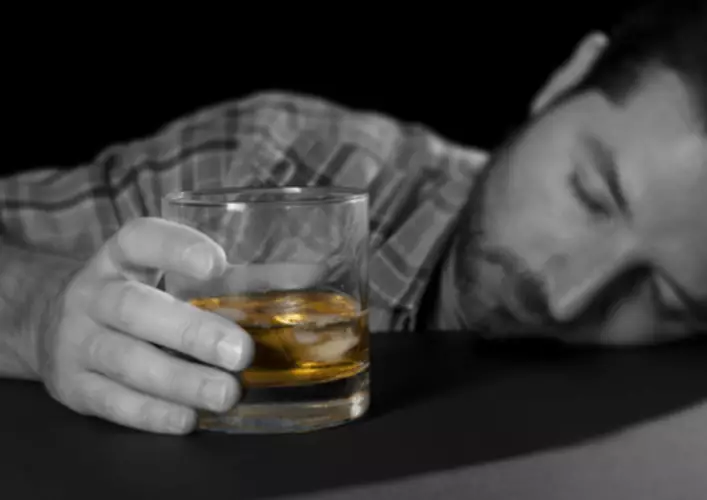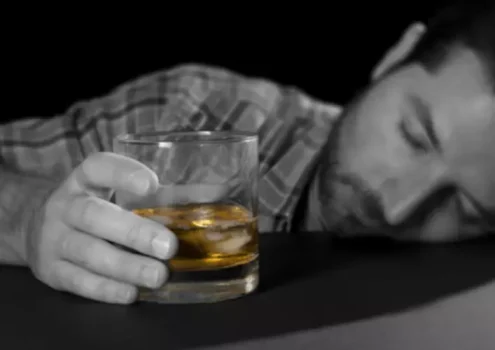
It can help to take a deep breath and help support your loved one while ensuring that legal and personal consequences are handled properly. When you get a driver’s license, you agree to take these tests if a police officer suspects you’re driving under the influence. If you choose to drink, consider public transport, rideshare, or organising a friend to be designated driver. As a general rule, you don’t want to consume more than 1 standard drink an hour if you’re planning to drive.

How Does Alcohol Affect Your Driving?

All alcohol-attributable mortality is in principle avoidable and future alcohol policies are likely to be most effective if they take into consideration any differential effect on socioeconomic groups (Probst et al., 2014). It is also important to recognize that there may be a basic conflict https://ecosoberhouse.com/article/alcoholics-heart-problems-cardiomyopathy/ of interest for the alcohol industry between the need to maintain profitability and growth and efforts to reduce the prevalence of underage drinking and intoxication, both of which can lead to alcohol-impaired driving. Researchers estimated that in 2001 (the most recent year for which these estimates are available), underage and pathological drinking accounted for between 37.5 and 48.8 percent of consumer expenditures on alcohol (Foster et al., 2006).
How Alcohol Affects Driving Ability

The psychological impact of alcohol turns a responsible driver into a potential hazard. Impaired judgment might encourage speeding, running red lights, or taking dangerous turns. Your reaction time slows, and your ability to process information diminishes, making it harder to avoid sudden obstacles. These psychological effects of alcohol make driving under the influence a gamble with dire consequences, not just for you but for everyone on the road. Alcohol causes the brain to work more slowly, and this can have a massive impact on decision making, communication and reaction time.
- For example, Texas bans checkpoints based on its interpretation of the Constitution, and Missouri state law authorizes checkpoints but prohibits funds from being spent on checkpoint programs (GHSA, 2016).
- The simulation was presented on a wide view display made up of three 42″ LCD flat panel monitors positioned side by side, each with a resolution of 1920 × 1080.
- Tools like breathalyzers and ignition interlock devices can help prevent dangerous situations, but the best choice is always to avoid drinking and driving altogether.
- Studies indicate that a driver’s SDLP may become compromised at a BAC as low as 0.021%, increasing in a dose-dependent manner by 0.7 cm for every 0.01% BAC increase thereafter, with significant increases in SDLP occurring at BAC levels above 0.05% (Irwin et al. 2017; Mets et al. 2011).
Driving and Health Outcomes

While 19 percent of the U.S. population lives in rural areas and rural areas account for 30 percent of total vehicle miles traveled, more than half of crash deaths occur there (FHWA, 2015; IIHS, 2016; U.S. Census Bureau, 2010). Crashes in rural areas tend to occur at higher speeds, head-on collisions are more common owing to the prevalence of two-lane roads with no median, and guardrails are less common. There are often fewer marijuana addiction witnesses to call for help in rural locations, and help is often farther away. Fewer police officers covering larger areas are less likely to arrest alcohol-impaired drivers (Vock, 2013).
Getting to Zero Alcohol-Impaired Driving Fatalities: A Comprehensive Approach to a Persistent Problem.
- Vehicle miles traveled (VMT) per capita differ greatly in rural versus urban areas, with rural areas having far greater VMT per capita (Mattson, 2016).
- This may be in part because in the FCRT task used in the aforementioned studies, some of the time the sequence of stimuli was random, while other times the same sequence was repeated.
- Driving while under the influence of alcohol not only endangers your life, but also those of others on the road.
This is equivalent to almost one-third of the number of alcohol-impaired driving crash fatalities during that year. Furthermore, research suggests that alcohol is an increasingly significant factor to consequences of drinking and driving account for in the growing number of fatalities involving distracted driving. From 1999 to 2008 the proportion of distracted drivers involved in a fatal crash who were also drinking alcohol while driving increased from 26 to 30.8 percent (Wilson et al., 2013).

